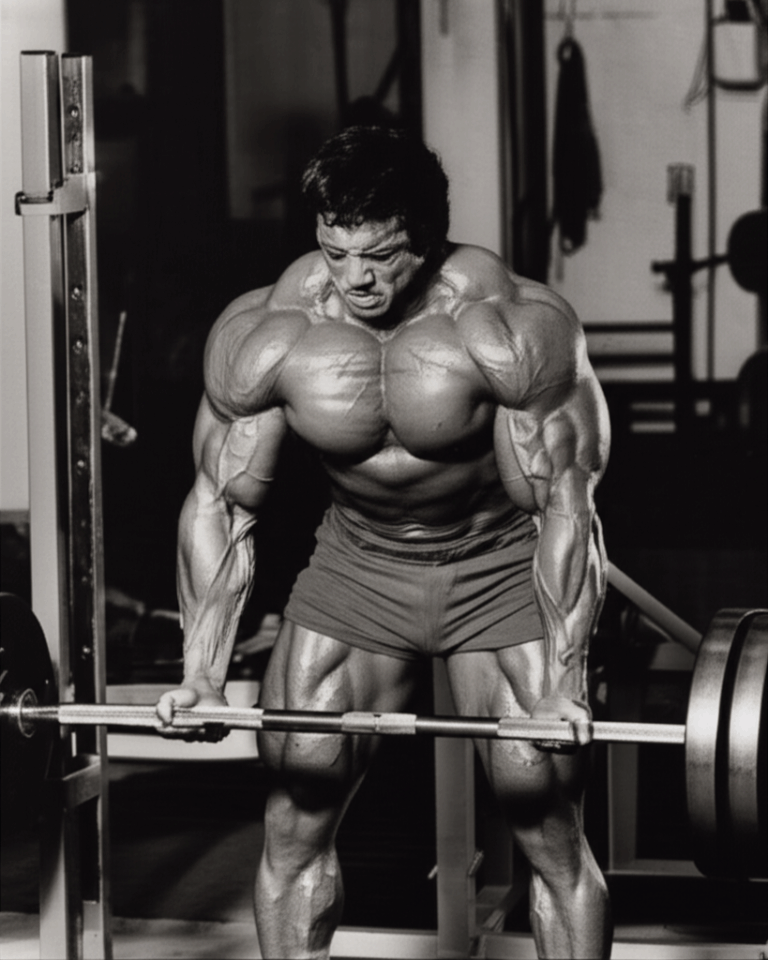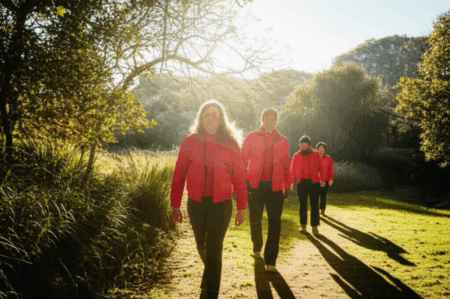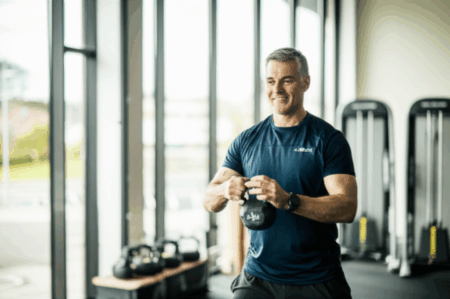Larry Dee Scott, affectionately known as “The Golden Boy” and “The Legend,” etched his name in bodybuilding history by becoming the inaugural Mr. Olympia in 1965, a title he successfully defended in 1966. His physique, particularly his remarkably developed arms and overall symmetry, set a new standard for the sport. Scott’s training philosophy, heavily influenced by the “Iron Guru” Vince Gironda, emphasized high-volume workouts, meticulous form, and a deep understanding of muscle isolation and contraction.
Initially a self-described “hardgainer” with narrow shoulders, Scott’s transformation was a testament to his dedication and innovative approach to training and nutrition. He pioneered or popularized several exercises, most notably the “Scott Curl” (Preacher Curl) and the “Scott Press” for shoulders, which are still integral to many bodybuilding routines today.
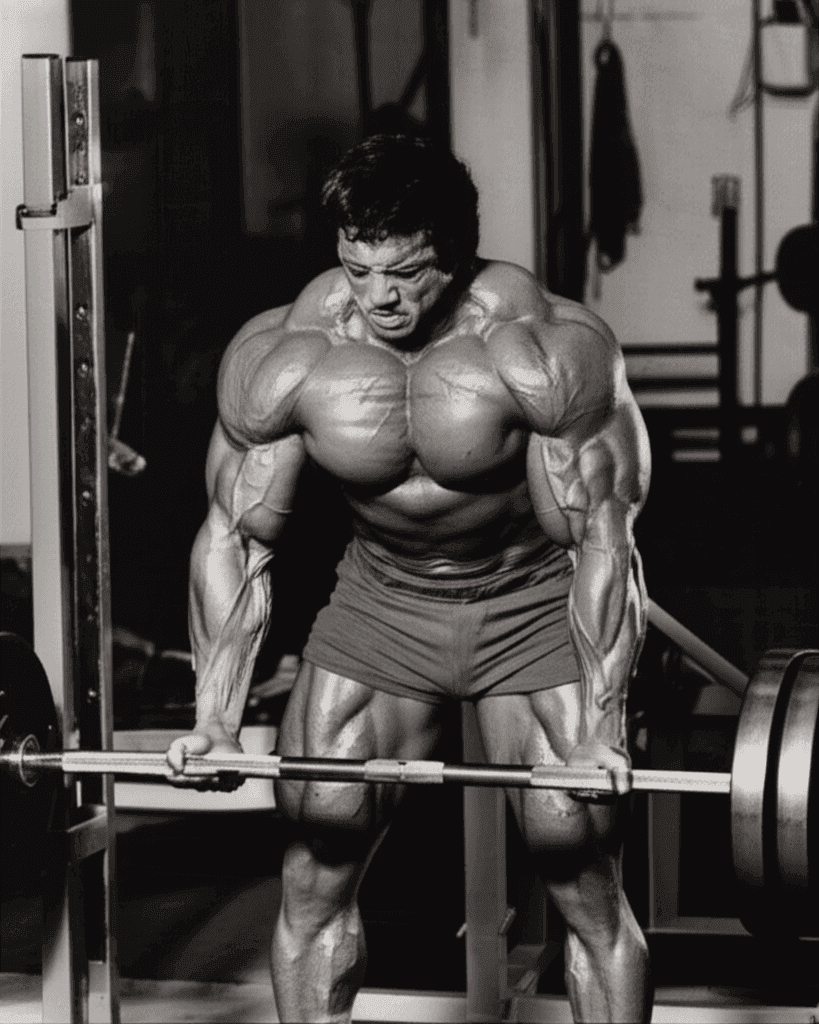
Larry Scott’s Training Principles
Scott’s workout routines evolved over his career, but several core principles remained consistent:
- High Volume and Intensity: Scott was known for his high-volume training, often performing numerous sets per exercise and per muscle group within a single session. He aimed for a significant “pump” in the muscle, believing it was crucial for growth.
- Focus on Form and Isolation: Unlike many who prioritized sheer weight, Scott stressed the importance of strict form and isolating the target muscle. He advocated for slower, controlled movements to maximize tension and muscle engagement, often utilizing partial reps and “burns” at the end of sets.
- Minimal Rest Between Sets: To maintain intensity and blood flow to the working muscles, Scott typically kept his rest intervals between sets under 60 seconds, leading to fast-paced and intense training sessions.
- Progressive Overload: While emphasizing form, Scott still believed in increasing resistance over time to stimulate continued growth. He recommended adding weight gradually and, if plateauing, adding an additional set to each exercise.
- Instinctive Training: Scott was attuned to his body’s feedback, adjusting sets and reps as needed to thoroughly work the muscle and achieve a maximum pump.
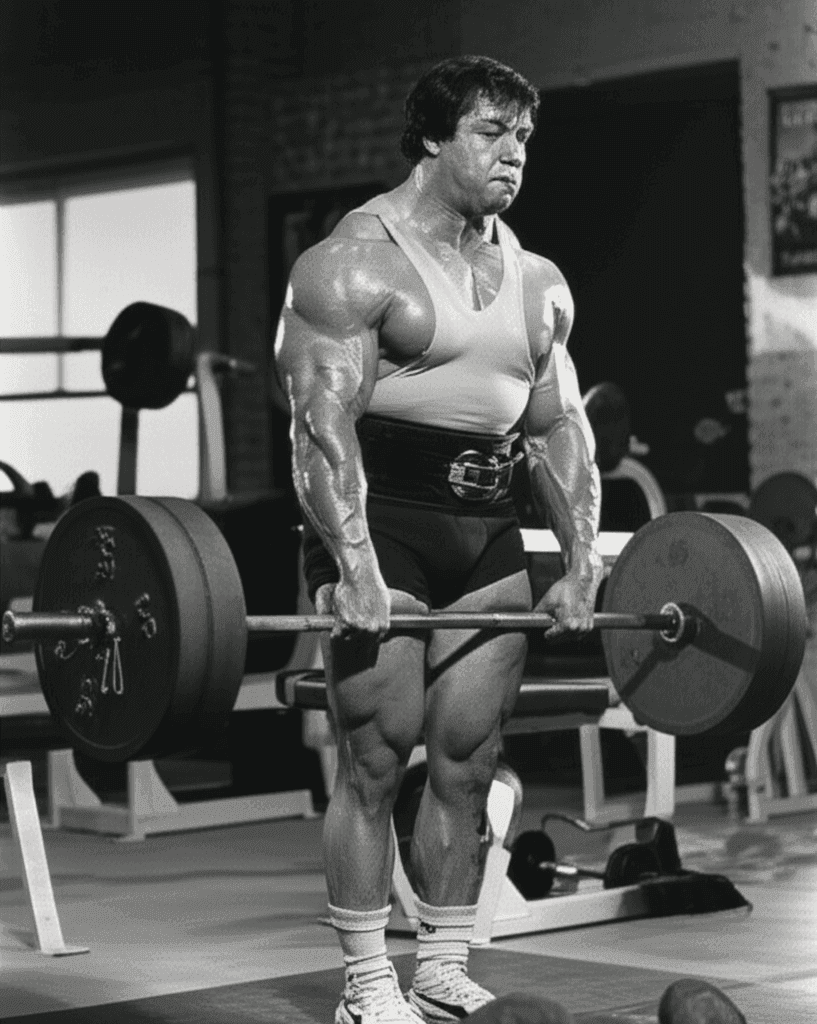
Signature Workout Splits
Larry Scott utilized different training splits throughout his career. An early phase involved a 3-day full-body split, particularly when he was a “hardgainer,” focusing on one exercise per body part with high volume (around 6 sets of 6-8 reps). As he progressed and became Mr. Olympia, his training shifted to a 5 or 6-day body-part split (often referred to as a “bro-split”), allowing for more focused attention and volume on individual muscle groups.
A common 6-day split attributed to Larry Scott involved:
- Day 1: Chest and Back
- Day 2: Shoulders and Arms
- Day 3: Legs, Abs, and Forearms
- Day 4: Chest and Back
- Day 5: Shoulders and Arms
- Day 6: Legs, Abs, and Forearms
- Day 7: Full Rest
Here’s a breakdown of specific exercises and approaches for various muscle groups:
Arms: Larry Scott’s Legendary Biceps and Triceps
Scott’s arms, particularly his impressive biceps, were his calling card. He was instrumental in popularizing the preacher curl, often referred to as the “Scott Curl,” performed with his elbows close together and arms slightly spread out with external rotation for a better stretch at the bottom. His arm training involved significant volume and hitting the muscles from multiple angles. He often trained arms three times a week, dedicating about an hour to them after 45 minutes of deltoid work.
Biceps Exercises
- Dumbbell Preacher Curl (Scott Curl): Larry would often start his arm routine with dumbbell preacher curls, performing 6 sets of 6 reps with heavy dumbbells, followed by 3 “burns” or half reps after each set. He emphasized full contraction and extension.
- Barbell Preacher Curl: Performed with a shoulder-width grip, focusing on strict form and lowering the bar fully.
- Single-Arm Biceps Curls: 5 sets of 10-12 reps.
- Concentration Curl: A favorite for building peaked biceps.
- Reverse Barbell Curls: 5 sets of 10-12 reps, often done as part of a series for forearm development.
Triceps Exercises
- Barbell Overhead Triceps Extensions (French Press): 5 sets of 10-12 reps, often performed for 6 sets of 8 reps with 185 lbs.
- Single Arm Triceps Extensions (One-arm Overhead Triceps Extension): This exercise focused on hammering the triceps’ external heads, keeping the elbow high and next to the head. Larry sometimes performed 4-6 sets of 8-10 reps with each hand as a shaping exercise.
- Close-Grip Barbell Bench Press (Incline Close Grip Bench Press): A compound exercise for bigger triceps, performed on a 30-degree incline bench with a shorter-than-shoulder-width grip.
- Cable Overhead Triceps Extension: An effective isolation movement.
- Single-arm Cable Pulley Pressdown: A unilateral exercise for triceps definition.
- Dumbbell Kickback: Performed for 8-10 reps.
Shoulders: Developing Width and Thickness
Larry Scott’s shoulder training aimed for massive proportions and emphasized developing all three heads of the deltoid: anterior, lateral, and posterior. He was known for the “Scott Press,” a unique dumbbell shoulder press where elbows remain bent at a 90-degree angle, driving the elbows up and dumbbells towards the head to focus on the deltoids rather than the triceps.
Shoulder Exercises
- Bent Over Lateral Raises: Often used as a warm-up and effective for the posterior deltoids, performed with the head resting on a dumbbell rack or Scott bench for stability. Scott would do 5-6 effective sets of 8 repetitions, reducing weight by 10 lbs with little rest.
- Scott Press (Dumbbell Scott Press): 5-6 sets of 6 repetitions, emphasizing a precise range of motion.
- Standing Barbell Overhead Press: 5 sets of 5-8 reps.
- Dumbbell Lateral Raises: Considered excellent for the lateral deltoid, performed with strict form to avoid overloading the front deltoids. Scott often used 6-7 sets of 10-12 reps.
- Barbell Front Raises: 5 sets of 10-12 reps.
- Rear Delt Raises (Rear Delt Incline Dumbbell Fly/Rear Delt Prone Dumbbell Fly): Essential for posterior shoulder development, performed on an incline bench or flat bench.
- Behind The Neck Overhead Press: Larry started his shoulder workouts with this exercise, performing plenty of sets and reps to build aesthetic shoulders. However, it requires healthy and flexible shoulders.
- Leaning Forward 1-arm Lateral Raises: Targets the medial deltoids by leaning slightly forward and keeping the outside of the palm higher than the inside.
Chest: Sculpting the Pectorals
Larry Scott found traditional bench presses less effective for his chest development and, under Vince Gironda’s guidance, adopted more unorthodox exercises. He focused on stimulating the upper chest and the outer and lower pectorals.
Chest Exercises
- Wide Grip Barbell Bench Press (Bench Press to Neck / Guillotine Press): Scott favored pressing the bar to the neck, believing it isolated the upper chest without over-activating the shoulders. This was often done on a Smith machine with elbows flared out. He performed 3 sets of 12, 10, and 8 reps, adding weight progressively.
- Incline Dumbbell Press: Excellent for adding size to the upper chest, allowing for a deeper stretch than with a barbell. Scott would perform 5 sets of 5-8 reps.
- Parallel Bar Dips (V-shaped Parallel Bar Dips / Gironda Dips): Used to activate the lower and lateral pecs, often performed in a superset with wide grip bench press. Scott emphasized a V-dip bar with pronated hands, legs extended forward, and a curved back, bringing the chin to the upper sternum to target the lower chest.
- Incline Dumbbell Flyes: Used to deeply stimulate the chest muscles, adding size, shape, and definition to the upper pecs.
- Decline Dumbbell Flyes: Often supersetted with Gironda dips.
Legs, Abs, and Forearms: A Complete Physique
While famous for his upper body, Scott did not neglect his legs, understanding their importance for a complete physique. His leg training emphasized challenging and intense routines.
Leg Exercises
- Hack Squats: A favorite for developing the thighs, often done until the point of muscle burn. He recommended using a wooden block under the heels. Beginners might do 3 sets of 10 reps, intermediates 4 sets of 10 reps.
- Dumbbell Hack Squats: Similar to barbell hack squats, also emphasizing a block under the heels.
- Leg Curls: Focused on hamstring contraction and full stretch, emphasizing form over heavy weight. Beginners 3 sets of 15 reps, intermediates 4 sets of 15 reps.
- Leg Extensions: Excellent for quadriceps separation and definition, focusing on generating a “burning and stinging” sensation with higher repetitions. Beginners 3 sets of 15 reps, intermediates 4 sets of 15 reps.
- Seated Calf Raises: For the soleus muscle in the lower leg.
- Donkey Calf Raises: For the gastrocnemius muscle.
- Barbell Squats: Performed for 6 sets of 8 reps in his earlier full-body splits.
Abs and Forearms
- Bent Knee Leg Raises: Scott performed a high volume of these, sometimes 100-150 reps, to isolate the abdominals.
- Wrist Curls and Reverse Wrist Curls: Essential for forearm development, often performed with high reps and a focus on full range of motion.

Nutrition: The Unsung Hero
Larry Scott was one of the early proponents of nutrition’s critical role in bodybuilding, believing it accounted for “75% of the battle”. He was heavily influenced by Vince Gironda’s dietary philosophies, particularly the “steak and egg diet” which emphasized high protein, high fat, and low carbohydrates.
His general nutritional guidelines included:
- High Protein Intake: Scott consumed high-quality protein sources such as lean meats, fish, eggs (often just yolks), and dairy. He was a strong advocate for protein powder and would often mix it with cream and milk to increase calories, protein, and healthy fats.
- Low Carbohydrate Intake: He typically kept his carbohydrate intake very low, sometimes under 50g a day, avoiding sugar, flour products, fruits, and starchy vegetables. However, some sources also indicate he consumed complex carbohydrates to fuel workouts and aid recovery.
- Healthy Fats: Healthy fats from sources like avocados, nuts, and olive oil were included for essential fatty acids and hormone production.
- Frequent Meals: Scott often ate six meals a day to support continuous muscle growth and recovery.
- Digestion Support: He also incorporated digestive enzymes and hydrochloric acid tablets, recognizing the importance of nutrient absorption and gut health.
Larry Scott’s complete workout routine was a meticulous blend of high-volume training, precise execution, and an unwavering commitment to nutrition. His legacy as the first Mr. Olympia continues to inspire bodybuilders, demonstrating that a well-structured plan, coupled with dedication, can overcome genetic limitations and lead to an iconic physique.




